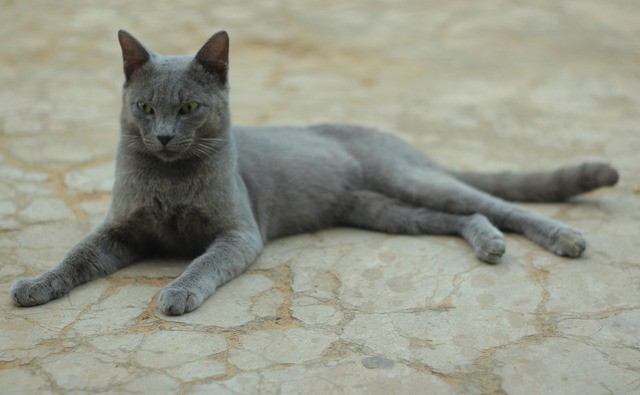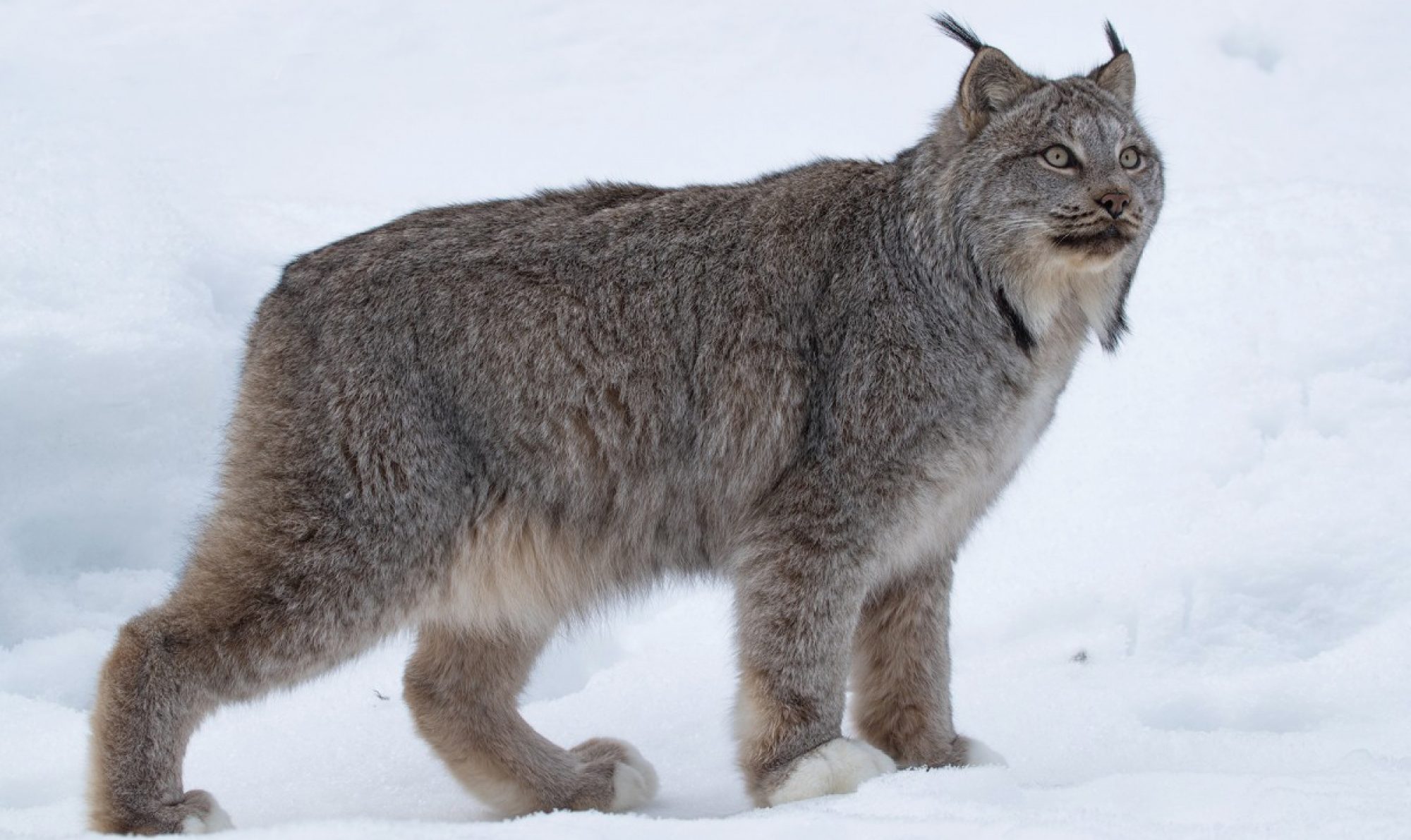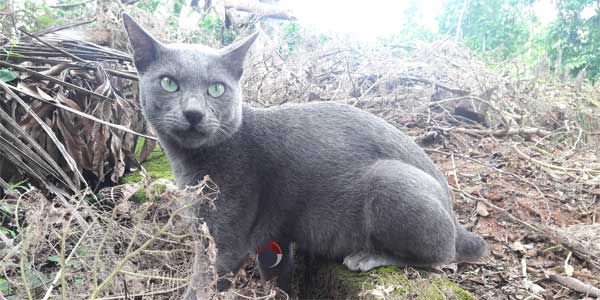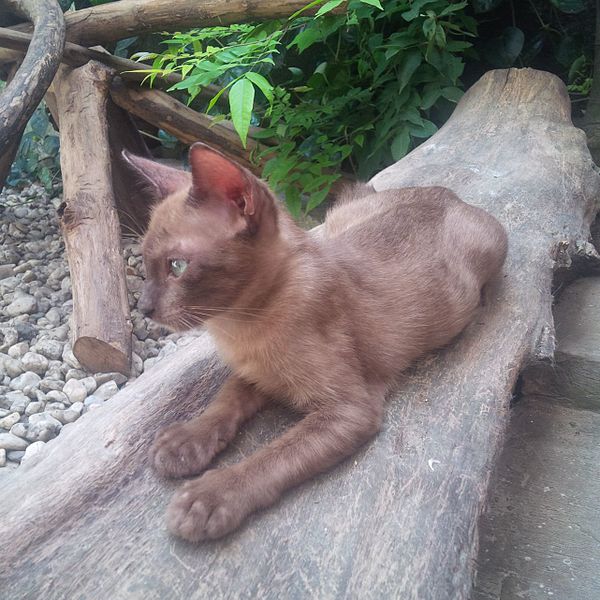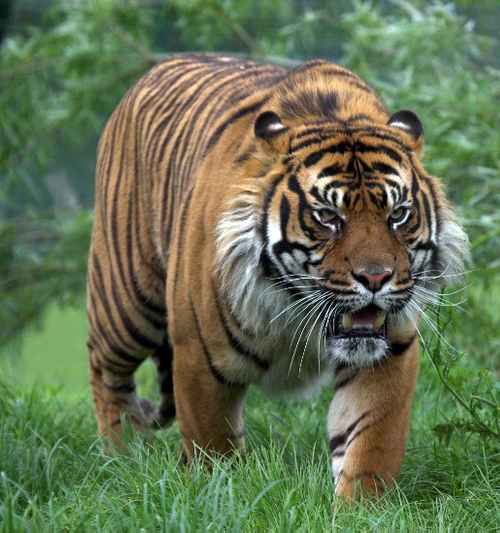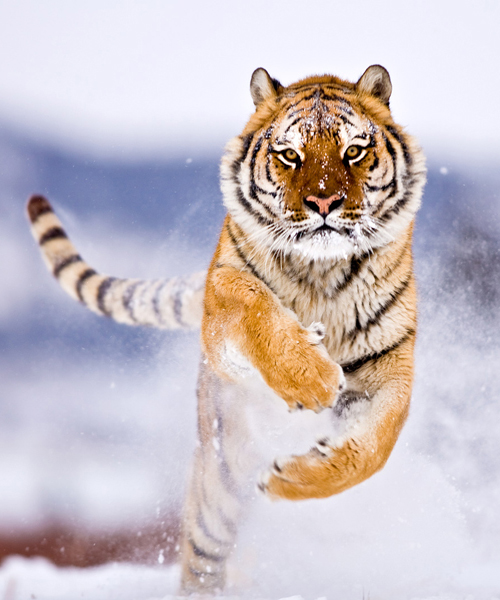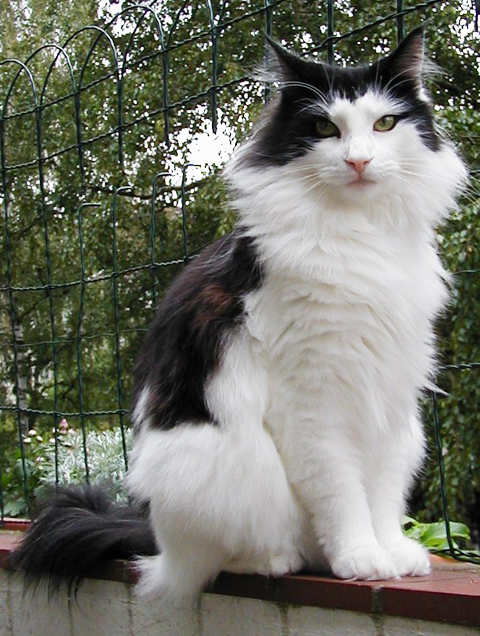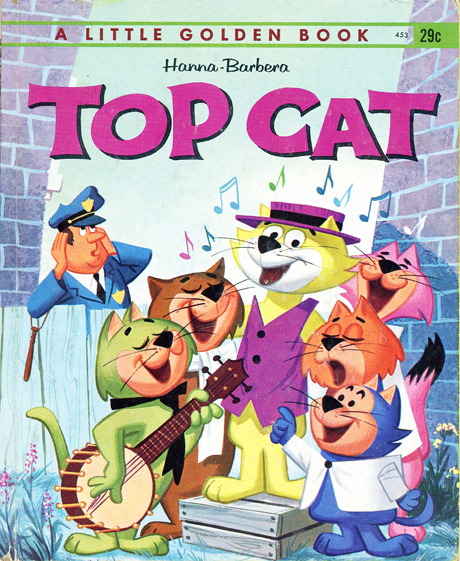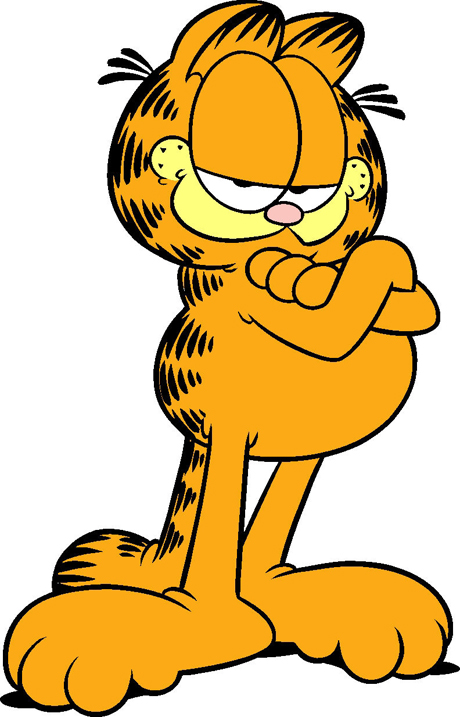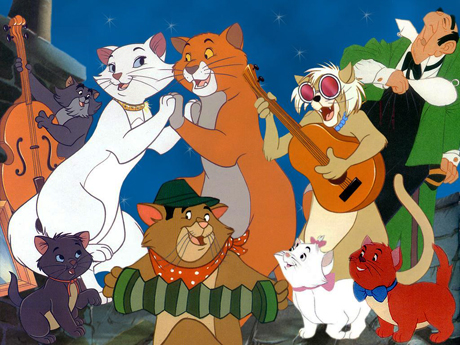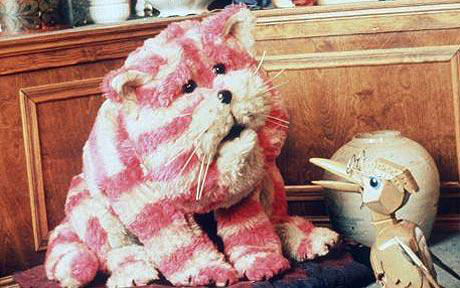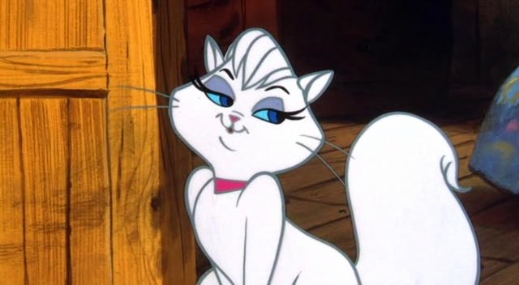Black panthers exist in nature as a variant of several species of larger cat. The black colouration of these cats is caused by a genetic (specifically melanistic) variation in color often present due to adaptations to the environment in which the cat lives.
Cat of the Month ~ April 2012
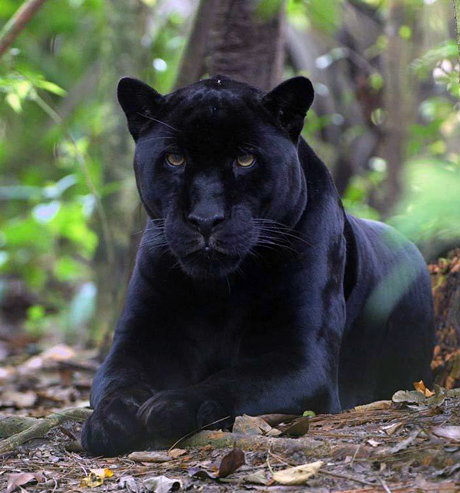
Black Panther – In this case a melanistic leopard, which is the most common type
Photograph: creative commons licence
Examples of the black panther include:
- Black Jaguars (Panthera Onca), found in Latin America and North America.
- Black Leopards (Panthera Pardus), found in Asia and Africa.
- Black Tigers (Panthera Tigris), found in Asia (and very rare).
- Black Cougars (Puma Concolor), believed to exist in North America but never recorded.
When examined closely, all of these black panthers will in fact show their source cat markings underneath their black colouration. Their skin will look similar to a sheet of printed silk which has been stretched across their frame. This effect is known as “ghost striping”.
The black skin is known to be an advantage in regions of dense forest (for instance) as it provides camouflage in the dark environment, and will allow the creature to hunt and stalk almost invisible to their prey. Another benefit of melanism, (recent, preliminary studies also suggest) is that melanism might be linked to beneficial mutations in the immune system, effectively giving these animals a longer and healithier life. It is interesting that melanistic and non-melanistic kittens can be part of the same litter.
Several of the Black panther types are now described in more detail:
Black Leopard
Black leopards are reported in most densely forested areas in southwestern China, Myanmar, Assam and Nepal, from Travancore and other parts of southern India, and are said to be common in Java and the southern part of the Malay Peninsula where they may be more numerous than spotted leopards. They are less common in tropical Africa, but have been reported in Ethiopia, in the forests of Mount Kenya and in the Aberdares. The fur colour of these cats has been recorded as showing a mixture of blue, black, gray, and purple. Melanistic leopards are the most common form of black panther kept in captivity. and they have been selectively bred for decades for Zoos and the exotic pet trade. It is said that black Leopards are smaller and more lightly built than normally pigmented individuals.
It is a myth that black leopards are often rejected by their mothers at an early age because of their color. In actuality it has been shown that poor temperament has been bred into the captive strains as a side-effect of inbreeding and it is this poor temperament that leads to problems of maternal care (in captivity only).
The Cobweb Panther
In the early 1980s, Glasgow Zoo acquired a 10 year old black leopard, nicknamed the Cobweb Panther, from Dublin Zoo. She was exhibited for several years before being moved to the Madrid Zoo. This leopard had a uniformly black coat profusely sprinkled with white hairs as though draped with spider webs. The condition appeared to be vitiligo; as she aged, the white became more extensive. Since then, other “cobweb panthers” have been reported and photographed in zoos.
The Black Jaguar
Jaguars produce either wholly black or wholly spotted cubs. Also a pair of spotted jaguars can only produce spotted cubs.
Where melanistic genes appear in breeding pairs there can be many gradations in the colours produced in the resulting cubs.
The allele genes are responsible for this wide variation in colour from dark charcoal rather to jet black.
The black jaguar was considered a separate species by indigenous peoples. The British author, naturalist and ornithologist W. H. Hudson wrote: The jaguar is a beautiful creature, the ground-color of the fur a rich golden-red tan, abundantly marked with black rings, enclosing one or two small spots within. This is the typical coloring, and it varies little in the temperate regions; in the hot region the Indians recognise three strongly marked varieties, which they regard as distinct species – the one described; the smaller Jaguar, less aquatic in his habits and marked with spots, not rings; and, thirdly, the black variety. They scout the notion that their terrible “black tiger” is a mere melanic variation, like the black leopard of the Old World and the wild black rabbit. They regard it as wholly distinct, and affirm that it is larger and much more dangerous than the spotted jaguar; that they recognise it by its cry; that it belongs to the terra firma rather than to the water-side; finally, that black pairs with black, and that the cubs are invariably black. Nevertheless, naturalists have been obliged to make it specifically one with Felis onca [Panthera onca], the familiar spotted jaguar, since, when stripped of its hide, it is found to be anatomically as much like that beast as the black is like the spotted leopard.
The Black Cougar
There are no authenticated cases of truly melanistic Cougars (Pumas). Melanistic Cougars have never been photographed or captured in the wild and none has ever been bred in Captivity. There is wide consensus among breeders and biologists that the animal does not in fact exist. However, Black Cougars have been reported in Kentucky and in the Carolinas. There have also been reports of glossy black cougars from Kansas, Texas and eastern Nebraska. These have come to be known as the “North American Black Panther”. Sightings are currently attributed to errors in species identification by non-experts, and also by the incorrect estimation of the size of these cats when observed in the wild.
Footnote:
Of course black cats in general are the subject of countless folk tales, myths and anecdotes. Sightings of large black cats have been seen the world over in regions where there are no big cats known to exist at all. For example, here in the United Kingdom more than 2,000 large black cats have now been sighted in the Midlands (near here in fact [Ed]) on Cannock Chase.
Finally, within the folklore of the native American Choctaw which has existed for centuries, Black panthers feature prominently, where, along with the owl, they are often thought to symbolize Death.
[source article: Wikipedia]
